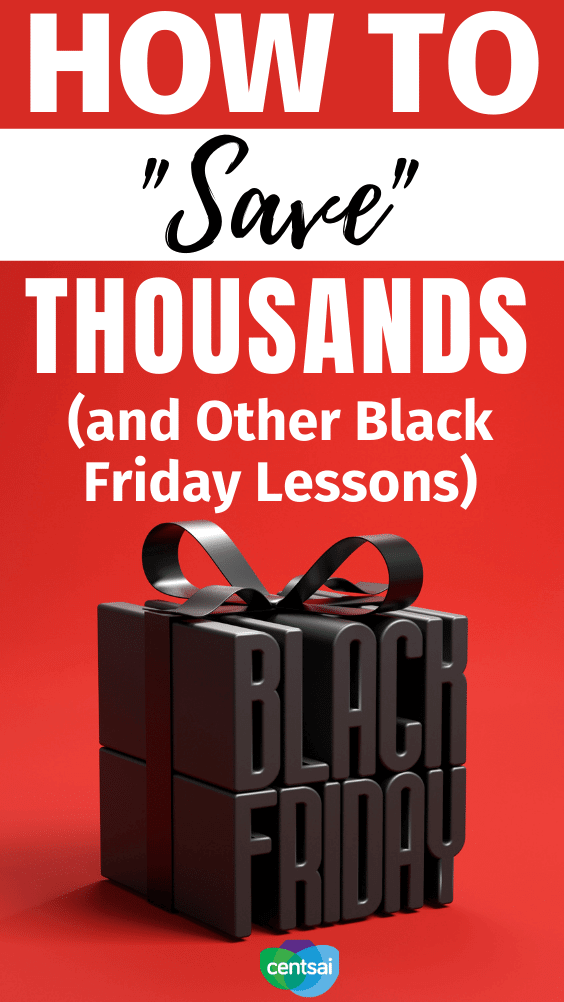

We are about to bear witness once again to one of the reasons why financial education is so important. Black Friday and Cyber Monday are just around the corner, and the shopping frenzies — and occasional criminal behavior — they stir are as breathtaking as the personal debts they can leave behind.
In 2019, 190 million shoppers spent an average of $350 from Thanksgiving Day through Cyber Monday, according to the National Retail Federation.
Over 65 percent of consumers will enter this shopping season with a credit card or access to some other form of revolving credit, according to Experian. All the while, Americans continue to accumulate debt, possessing a collective $14.35 trillion in 2020 per the New York Federal Reserve.
It’s a shame the prospect of additional debt doesn’t stoke the same kind of passion as you see when shoppers converge on a sale item with limited availability.
Hand-to-hand combat to save $29 on a Google Home at Walmart makes little sense, and you’d be hard-pressed to see the same kind of passion when it comes to paying off outstanding (and interest-accumulating) credit card debt.
Lessons From Black Friday
Researchers have long puzzled over Black Friday behavior.
In terms of human psychology, both negative emotions (such as anger) and positive emotions (like excitement) are linked with social shopping behavior, according to a study by the Journal of Global Fashion Marketing — and these feelings are certain to be abundant in most Black Friday environments.
Shoppers also tend to arrive at the stores predisposed to aggression. Just reading an advertisement for a limited availability sale item can stir competitive behavior, according to another paper published in the Journal of Consumer Research.
These are useful discussion points as they relate to the power of marketing and human behavior, and it also gives us the opportunity to learn some valuable Black Friday lessons in financial literacy.
Overcome Your Debt and Save Money
Most consumers understand that when you spend $100 on an item that has been marked down from $150, you still spent $100. But heightened emotions inevitably breed irrational spending, nonetheless.
That $50 “savings” are immaterial unless it was an item you would have purchased anyway.
Consider a $10,000-per-year Elite Access membership with the jet-hailing app XO. You can “save” a couple thousand on Black Friday from the typical $12,000-per-year cost — while still ending up $10,000 in the hole.
Less than half of U.S. states require financial literacy classes in high school — yet the average American more than $6,100 in credit card debt alone, according to Experian.
And that’s just part of the problem. It highlights the need for a much broader and more thorough swipe at reaching kids in school and adults in the workplace with information that will help them sort out the real value of holiday “bargains” — or, at least, help them stay out of fistfights at Walmart and Best Buy.
The Bottom Line
So this Black Friday, before storming the barricade of your local big-box retailer, think about how much you’ll actually save if you choose to stay home — and what you can do about your own outstanding debt first.
Shifting your mindset away from a “percent discount” to “total amount spent” can be helpful in curbing unnecessary holiday purchases.
“A $200 item with 75 percent off is still $200. If you weren’t going to spend that money anyway, you’re just getting manipulated by that temptation to spend,” says financial coach Brittany Waters.
“Make it a mantra for yourself that just because something is on sale, it doesn’t mean that I need it,” Waters adds. “Changing that language and reframing the way you actually look at sales makes a huge difference.”
Reframing the way you look at Black Friday “savings” can help you — and your family — take stock of your finances in a way that builds long-lasting (and nonconfrontational) money habits.














